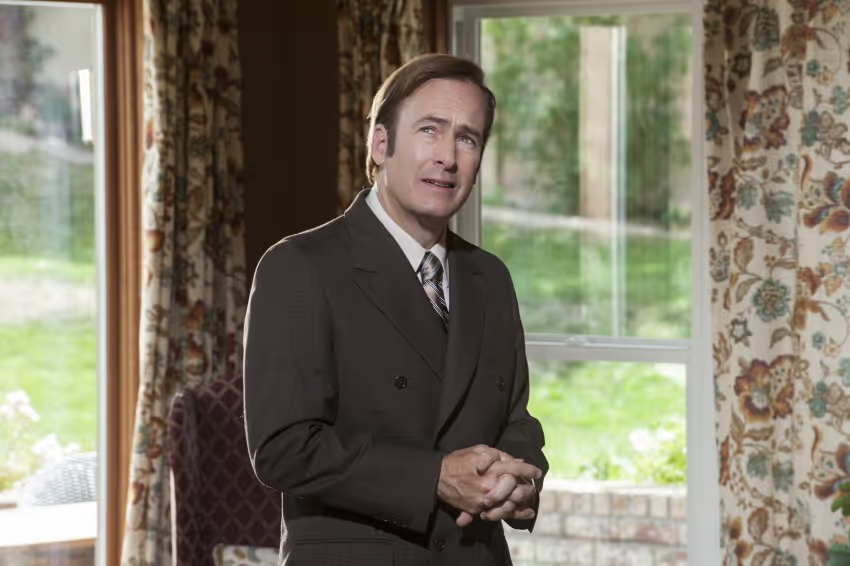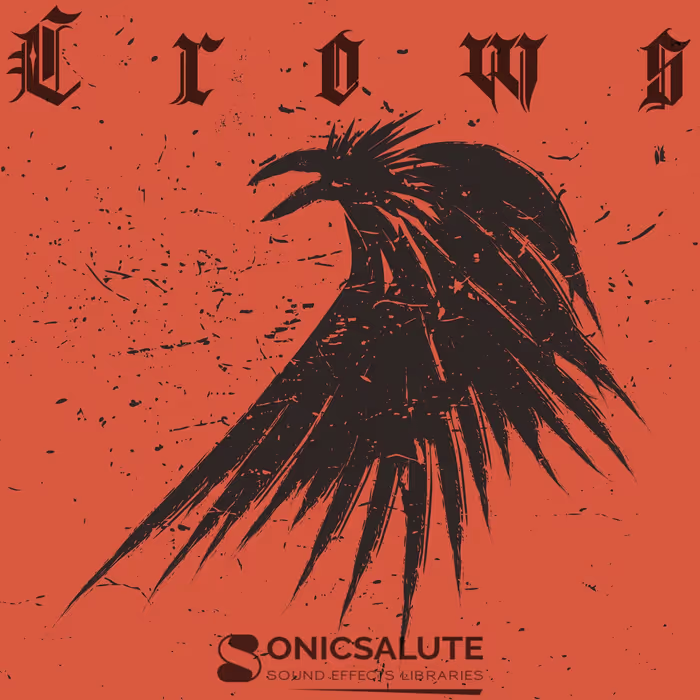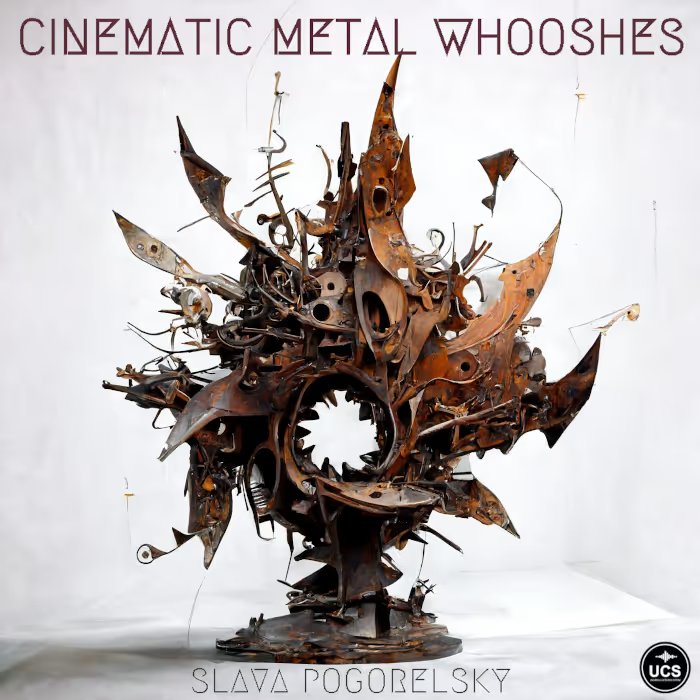To find out more about the sound for the show, I managed to get in touch with Nick Forshager, the man behind the sound for both Better Call Saul and Breaking Bad.
In this exclusive A Sound Effect talk, Nick shares his creative vision and workflow for the show, why it sounds markedly different from Breaking Bad – and the challenges of getting humor in sound just right.
Hi Nick, congrats on the fantastic reception to Better Call Saul! What’s it like being part of a project that’s received so enthusiastically by the viewers and critics – and what do you think makes the show so successful?
Thank you. It’s really great that everyone is very excited about the show. We had a lot of fun doing it. The success of the show is simple, Vince Gilligan and Peter Gould. They are amazing writers and show runners. They are involved with every detail of the show and they have such a tremendous vision.
What’s been your overall vision for the sound for Better Call Saul?
The vision for the sound of Better Call Saul has been to keep it authentic and organic. This isn’t a show that you can really fake. If you try and use sound effects that aren’t what you are seeing, the audience will know it’s off. So we take great care in making sure that the there is authenticity to what you hear. We also try and use as much organic sound as possible. We shoot over twenty hours of foley per episode.
We also try and use as much organic sound as possible. We shoot over twenty hours of foley per episode.
When we started this season I told our foley team, Dave Torres and Tim Chiton over at Smart Post, that we will use foley on this show like sound effects. Foley won’t just be just something to fill holes or used for an M&E. I told them we will use almost everything that I cue for the show. At first they seemed skeptical, but were excited about the challenge.
When we finished the first episode, they were blown away by how much of their work was helping tell the story. Foley is such a major component of the overall sound design and it is vital that is sounds good and that it works with the production effects. It’s what helps keep the show organic and authentic.
You’ve also done the sound on Breaking Bad – what’s it like returning to that world? And in terms of the sound, are you approaching Better Call Saul the same way you did Breaking Bad, or are things different this time around?
On the surface these shows seem very similar, but sonically it is very different from Breaking Bad. I think everyone was hoping that we would be making BB2, but Vince and Peter were pretty adamant about making each aspect of this show be new and unique.
I think the main difference between the two shows is the overall tone. Walter White’s world was all about death and secrets. The entire series was built around Walter hiding from the world what he was doing and who he was. So the world was generally very still, quiet and dark. We worked really hard at keeping his world isolated and sterile. We used very little background and used silence as a story telling device, which made his character more desperate and vulnerable. Jimmy’s world is the complete opposite. His world is alive and full of hope.
The main locations of the show have their own identity and they have become characters to the story.
The story is about Jimmy looking to make a mark on the world and be accepted. So we are using a lot more backgrounds and creating richer environments for Jimmy. The main locations of the show have their own identity and they have become characters to the story.
Whether it’s a buzz of the courtroom, or the high tech offices Hamlin, Hamlin, & McGill, the Vietnamese nail salon where Jimmy works and lives or the quiet of Chuck’s electricity free house. They all have a uniqueness that let’s you know right away were you are and how these locations affect Jimmy.
Are there any signature sounds and sonic references that you wanted to carry over from Breaking Bad to Better Call Saul?
Not really. It was important to think of the shows a two separate shows. Of course certain locations, like the desert, had been established in Breaking Bad and we wanted to carry that sound forward, but most of the show has been built for this show. I would imagine as Jimmy becomes closer to becoming Saul, there will be more things that we will bring back from Breaking Bad.
Who’s on the sound team for the show, and what’s the workflow like on an episode? Do you work on an entire season at once, or is it episode-by-episode?
Editorially we are using the same editing crew as Breaking Bad. Kathryn Madsen is my ADR supervisor and right hand man. She handles all the dialogue and ADR and coordinates with Jane Boegel our dialogue editor on every show. I handle the sound effects and sound design. Mark Cookson is my main sound designer and sound effects editor. Cormac Funge cuts all of our backgrounds and Jeff Cranford programs and helps edit the foley.
Theoretically we work episode by episode. We usually get five days of editorial per episode, however we have an average of ten days from lock/spot to first day of mix. We need that additional time to spot and begin prep on the new episode and finish the previous episode. Since we are on the stage two to three days per episode and it takes almost one day to spot, that extra time gets used up pretty quick. After we are done editing, I generally run each show with Mark, our sound effects editor. This is usually my last pass of integrating some of my sound design with the foley and Mark’s effects. Once I have seen the whole show edited, that is where I begin to think about little details that I can add to try and elevate the overall sound design.
After we are done editing, we start mixing with the crew over at Smart Post. Our mix team is Larry Benjamin and Kevin Valentine. I usually spend the first day pre-dubbing the show before our post producer Diane Mercer comes over for playback. The first half of the second day Diane, Kathryn, and Jason Newman, our music editor, go through our notes, check for content and to make sure everything is covered. This our last pass to add anything and to work on the more complex scenes before our executive playback.
This is where Vince and Peter come in and give their thought and notes. This is actually my favorite part of the process, because this is where you can really see how creative these guys are. They work through each scene and go through every detail. They are always trying to come up with creative ways of getting more out of every scene. They are very open to suggestions and to trying new things. So many great things come out of those last couple of hours of mixing.
What are some of the key elements to get right when doing sound for a show like Better Call Saul?
The key element in a show like Better Call Saul is to create the right sound effects for the humor.
It’s a tricky show because so many scenes are humorous, but they aren’t slapstick funny scenes. The sounds need to really support the humor, and if the sounds are too big or broad, they just won’t work.
It’s a tricky show because so many scenes are humorous, but they aren’t slapstick funny scenes. The sounds need to really support the humor, and if the sounds are too big or broad, they just won’t work. A good example is when Jimmy is in the trash can searching for evidence in Ep108. When the janitors dump the trash on Jimmy, we wanted to make it gross and disgusting.
Finding the right balance of wet sound and squishes was important in not making the scene too cartoony. Same thing when Jimmy gets out of the trash can he falls. If the body fall is too big it becomes less funny.
Do you have any favorite sound moments you can share? And can you tell a bit about what went into making them?
I would have to say that my favorite moment on Better Call Saul so far has to be the episode “5-0”. We call it the Mike episode. It’s the episode where we learn about Mike Ehrmantraut’s backstory. Since a good portion of the show is flashback, and part of the story takes place in Philly, we got to use a lot of environments that we don’t get normally use. We got to create these cool transitions between present time and the past. It was an intricate balance between music and sound effects, but very effective in helping move the story along. Also, the entire episode had a noir feeling to it, so the final shootout scene lent itself to creating this really cool retro feel.
What’s been one of the strangest sounds you’ve had to come up with for the show? Any particular sounds viewers should keep their ears out for?
When we were spotting the scene in the desert with Tuco in EP102. Vince was talking about how he wanted the sound of Tuco breaking Cal’s and Lars’ legs to be the most horrific thing that we have ever done.
He wanted the sound of Tuco breaking Cal’s and Lars’ legs to be the most horrific thing that we have ever done.
Especially the sound of their screams. He wanted them to have this animalistic quality to them. He had suggested a rabbit screaming. I did some research and felt that the sound of the rabbits wasn’t big enough. So I began listening to other animals.
I came across this series of pig squeals, where a couple of them sounded like something I could use. Kathryn had re-recorded their screams in ADR and gave them to me so that I could see if I could get the pigs to match the screams. It was incredible how close the squeals were in tone and in pitch to their screams. When we played it for Vince he loved it. He loved it so much that we extended the squeals over the end of the scene into the next scene where Jimmy pulls up to the hospital with Cal and Lars. The squeals blended in perfectly with the tire squeals of Jimmy’s car coming to a stop. Sound just helped pull the two scenes together.
Photo Credit: Lewis Jacobs/AMC





